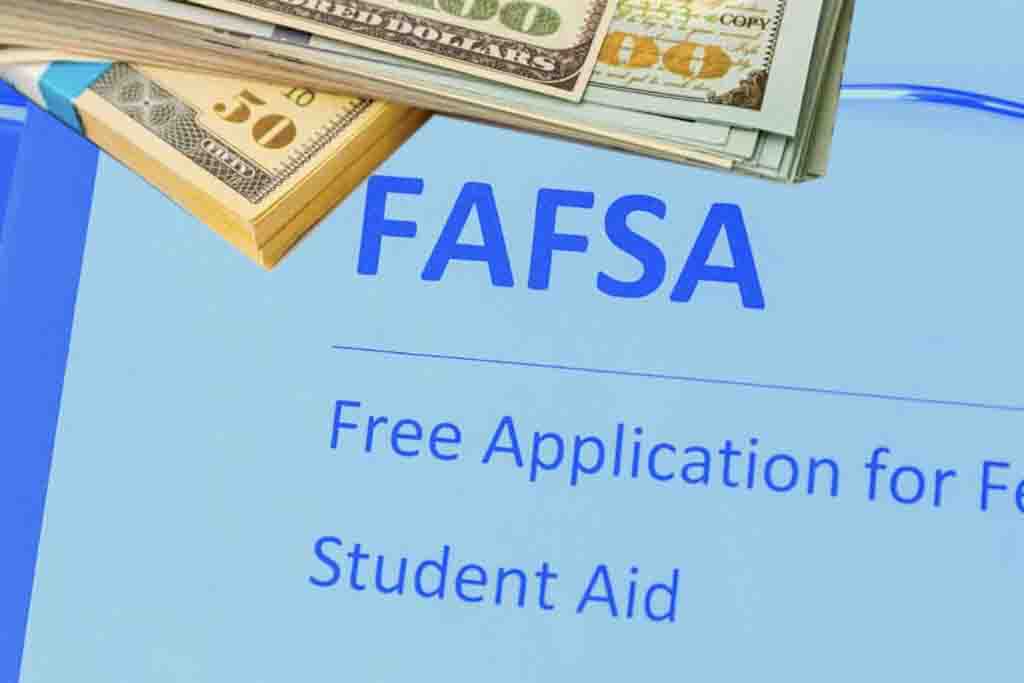Applying for college financial aid can feel overwhelming, but the 2026-27 FAFSA is rolling out with improvements aimed at making it smoother. The form is now in its early beta testing phase, open to a limited group before full availability on October 1, 2025. If you’re a student or parent gearing up for the next academic year, this guide covers the testing details, key changes, preparation tips, and what to expect. Understanding the FAFSA early testing phase could help you secure aid faster, so let’s break it down step by step.

Overview of the Beta Testing Phases
The Department of Education kicked off beta testing for the 2026-27 FAFSA on August 3, starting with a limited set of students and institutions. This involves two main phases: The first, launched August 8, partners with community organizations in Arizona and elsewhere for initial feedback. Beta 1 is for selected school districts and higher ed institutions starting August 4, while Beta 2 in late August/early September includes in-person and virtual completion events.
Submissions during beta are real—no need to resubmit later—and the full form will be available to everyone by October 1, with a deadline of June 30, 2026. The goal is to iron out kinks before wide release, building on lessons from past rollouts. As someone who’s helped friends through FAFSA headaches, this phased approach seems smart—it could prevent the glitches that plagued previous years.
Key Changes and Improvements for 2026-27
This year’s FAFSA builds on the Better FAFSA initiative with a simpler form, enhanced IRS data integration for easier tax info pulls, and more eligibility for Pell Grants. Expect clearer instructions and reduced questions to cut down on errors. The department is focusing on intuitive interfaces to boost completion rates, especially for low-income families.
Public beta testing opens in early September after initial rounds, allowing broader input. These updates aim to make aid more accessible, with deadlines remaining firm.
How to Prepare and Participate in Testing
If you’re eligible for beta (check with your school or community org), create an FSA ID now and gather 2024 tax docs. The process is digital, so ensure good internet access. For everyone else, use the time to review requirements on studentaid.gov.
Tips: Apply early to avoid rushes; use help resources like virtual events in Beta 2. Common pitfalls include mismatched info—double-check everything.
Lessons from Past Rollouts and Broader Impacts
Last year’s delays taught us the importance of testing; this year’s approach promises better outcomes. It could increase aid access, but stay updated via official channels.
In summary, the 2026-27 FAFSA beta is a step toward easier aid—prepare now for success.